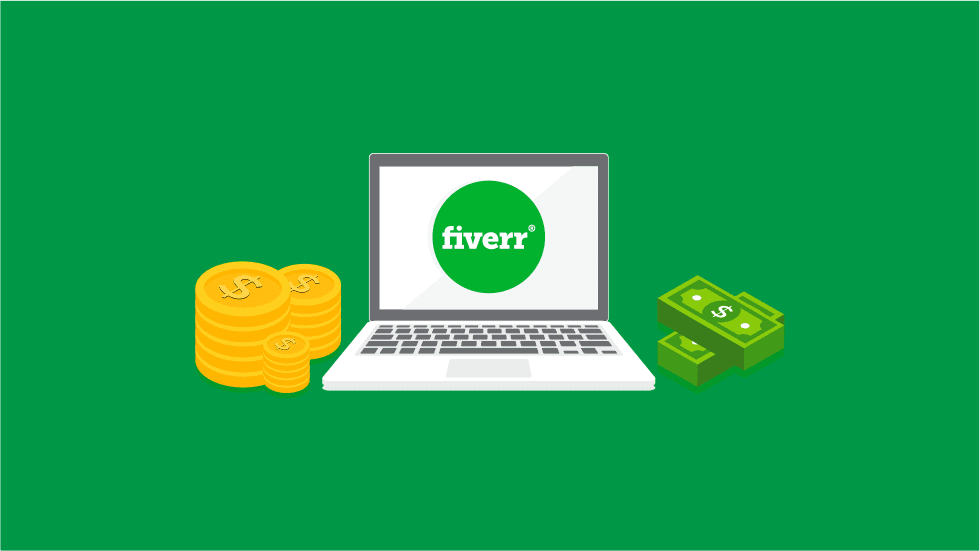How to Make Money Online with Your BlogSpot Blog From $0 to $1,000
Making money online with a BlogSpot blog can be rewarding if you approach it strategically and put in consistent effort. Here is a step-by-step guide on how to monetize your BlogSpot blog and potentially generate income from $0 to $1,000:
Choose a profitable niche:
Select a place with a target audience with a genuine interest and potential to spend money on products or services related to that niche. This will help attract advertisers and potential customers.
Set up your BlogSpot blog: Sign up for a free BlogSpot account and create your blog. Customize the appearance by selecting an attractive template and designing a logo or header image that reflects your blog's brand.
Set up your BlogSpot blog: Sign up for a free BlogSpot account and create your blog. Customize the appearance by selecting an attractive template and designing a logo or header image that reflects your blog's brand.
Create valuable content:
Start writing high-quality, original blog posts that provide value to your readers. Focus on engaging, informative, and entertaining content that keeps your audience coming back for more.
Optimize your blog for search engines: Implement basic search engine optimization (SEO) techniques to improve your blog's visibility in search engine results. Use relevant keywords, optimize meta tags, and create descriptive titles for your blog posts.
Optimize your blog for search engines: Implement basic search engine optimization (SEO) techniques to improve your blog's visibility in search engine results. Use relevant keywords, optimize meta tags, and create descriptive titles for your blog posts.
Build a loyal audience:
Interact with your readers by responding to comments and encouraging discussions. Promote your blog on social media platforms, join blogging communities, and network with other bloggers in your niche to increase your reach.
Monetize your blog with advertising:
Apply for advertising networks such as Google AdSense, Media.net, or AdThrive. These platforms display targeted ads on your blog, and you earn money when visitors click on those ads or view them. Place ads strategically within your content without overwhelming the user experience.
Affiliate marketing:
Join affiliate marketing programs related to your niche. Promote products or services using unique affiliate links within your blog posts. When readers make purchases through those links, you earn a commission. Choose reputable affiliate networks like Amazon Associates, ShareASale, or CJ Affiliate.
Sponsored posts and product reviews:
As your blog gains traction, you can approach brands or companies in your niche for sponsored posts or product reviews. Write honest and informative reviews, disclose sponsored content, and negotiate fair compensation.
Offer services or digital products:
Utilize your expertise in the niche and offer services such as consulting, coaching, or freelance writing. You can also create and sell digital products like e-books, online courses, or premium content for your audience.
Implement email marketing:
Build an email list by offering valuable content upgrades or a newsletter subscription. Use an email marketing service like Mailchimp or ConvertKit to communicate with your audience, share updates, and promote your products or services.
Explore other monetization options:
Consider additional revenue streams like sponsored banner ads, direct advertising deals, selling merchandise, or creating a membership site with exclusive content.
Track and analyze your progress:
Monitor your blog's performance using analytics tools like Google Analytics. Track your traffic, conversion rates, and earnings to identify areas for improvement and focus on strategies that yield the best results.
Key Factors to Make More Money with Google Adsense on Your Blog
To maximize your earnings with Google AdSense on your blog, consider the following key factors:
- Quality Content: Focus on creating high-quality and original content that provides value to your readers. Engaging, informative, well-written articles will attract more visitors and increase their chances of clicking on ads.
- Ad Placement: Experiment with different ad placements to find the optimal positions that generate the highest click-through rates (CTRs) without compromising the user experience. Strategic ad placement, such as within the content or above the fold, can lead to better ad visibility and increased earnings.
- Ad Formats: Google AdSense offers various ad formats, including text ads, display ads, and native ads. Test different configurations to see which ones perform best on your blog. In some cases, blending ads with your website's design may result in higher click-through rates.
- Ad Sizes: Use a mix of ad sizes to cater to different ad inventories. Standard ad sizes that perform well include 336x280, 300x250, and 728x90. However, balancing ad visibility with user experience is crucial to avoid overwhelming your readers.
- Responsive Design: Ensure your blog has a responsive design that adapts to different screen sizes and devices. This will help you capture mobile traffic, which is increasing, and optimize ad performance across various platforms.
- Ad Blocking: Implement measures to prevent or minimize ad blocking on your blog. Some users employ ad blockers to suppress ads, impacting your potential earnings. You can encourage users to turn off ad blockers or consider using technology like Google's Funding Choices to display customized messages to users with ad blockers, encouraging them to support your content.
- Traffic Generation: Increase the number of visitors to your blog by employing effective SEO techniques, promoting your content on social media, participating in relevant communities, and optimizing your blog for search engines. More traffic means more ad impressions and potential clicks.
- Content Relevance: Ensure your blog's content is relevant to the displayed ads. This helps improve ad targeting and increases the likelihood of users finding the ads helpful, resulting in higher click-through rates and potential earnings.
- User Experience: Focus on delivering a positive user experience on your blog. A clean and well-organized layout, fast page loading times, and an intuitive navigation structure will keep users engaged and encourage them to stay longer, increasing the chances of ad interaction.
- Analyze and Optimize: Regularly monitor your AdSense performance using the AdSense dashboard and Google Analytics. Pay attention to metrics such as CTR, RPM (revenue per thousand impressions), and eCPM (effective cost per thousand impressions). Identify trends, experiment with strategies, and optimize your ad setup based on data-driven insights.
- Remember, each blog is unique, and what works for one may not work for another. Continually test and tweak your approach based on your specific audience, content, and niche to find the optimal configuration that generates the highest earnings with Google AdSense on your blog.




Comments
Post a Comment